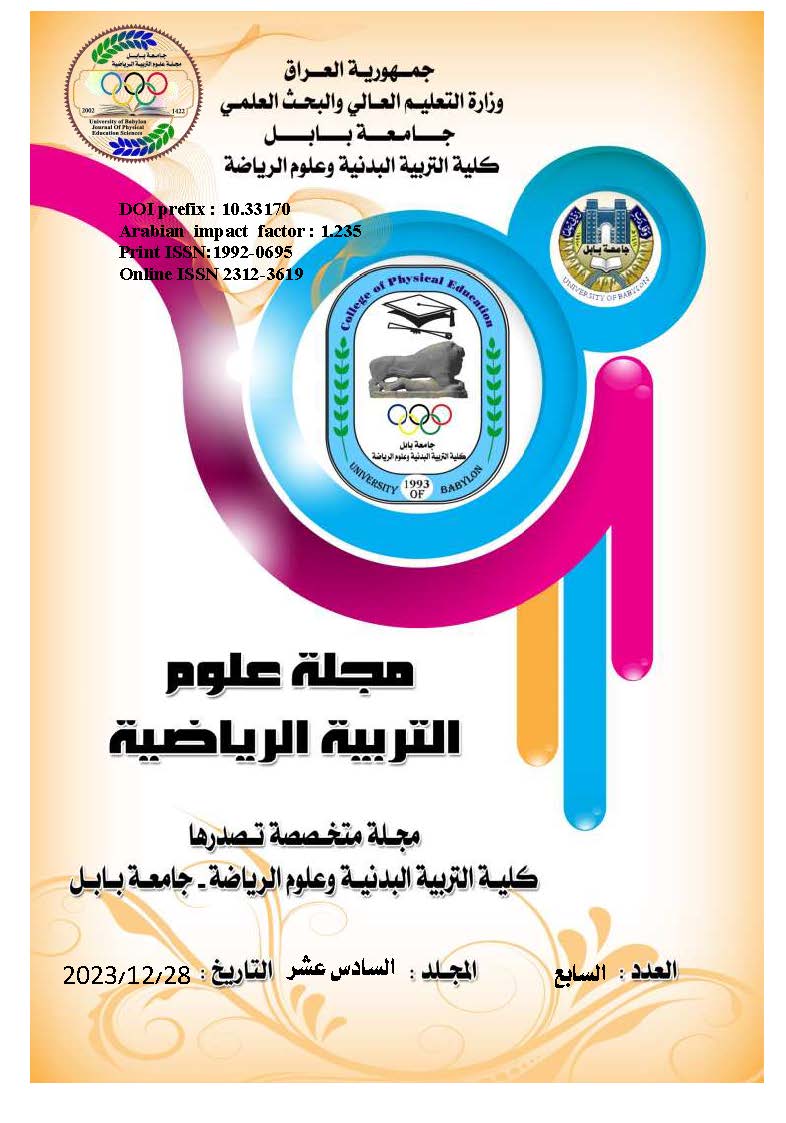Computer analysis of motor development (walking) according to some biomechanical variables for 3-4 year old children
DOI:
https://doi.org/10.33170/jocope.v16i7.1025-1037Keywords:
computer analysis, motor development, walkingAbstract
Abstract
The process of developing a child’s growth and walking until he reaches puberty is a continuous, dynamic process that the child is exposed to during his life. A group of important changes occur, including the rate of growth speed and the development of motor and physical abilities specific to the type of sports activity practiced. The research problem included discussing the child’s motor patterns with the walking movement pattern as a model. It is available for observation and motor treatment, as it includes the complete model of walking (average time of anchoring of the feet while walking, average step time of the feet, average swing time of the feet, average step length of the feet). As for the research methodology and procedures, the research sample consists of (35) children aged (3- 4) Years of kindergarten (Qatar Al Nada National School), which is the same sample of the research community. It was chosen intentionally for the number of correct attempts at walking in accordance with the conditions set by the researcher, which are (maintaining the characteristics of walking for the largest number of speeds and not moving early into movement.
The research sample was divided into two groups, one at the age of (3 years) and the other at the age of (4 years), where (8 attempts for each age) were analyzed. The researcher concluded the possibility of identifying the quantitative level of the dynamics of the development of walking movement in children aged (3-4) years with the possibility of identifying the qualitative level of walking movement.









